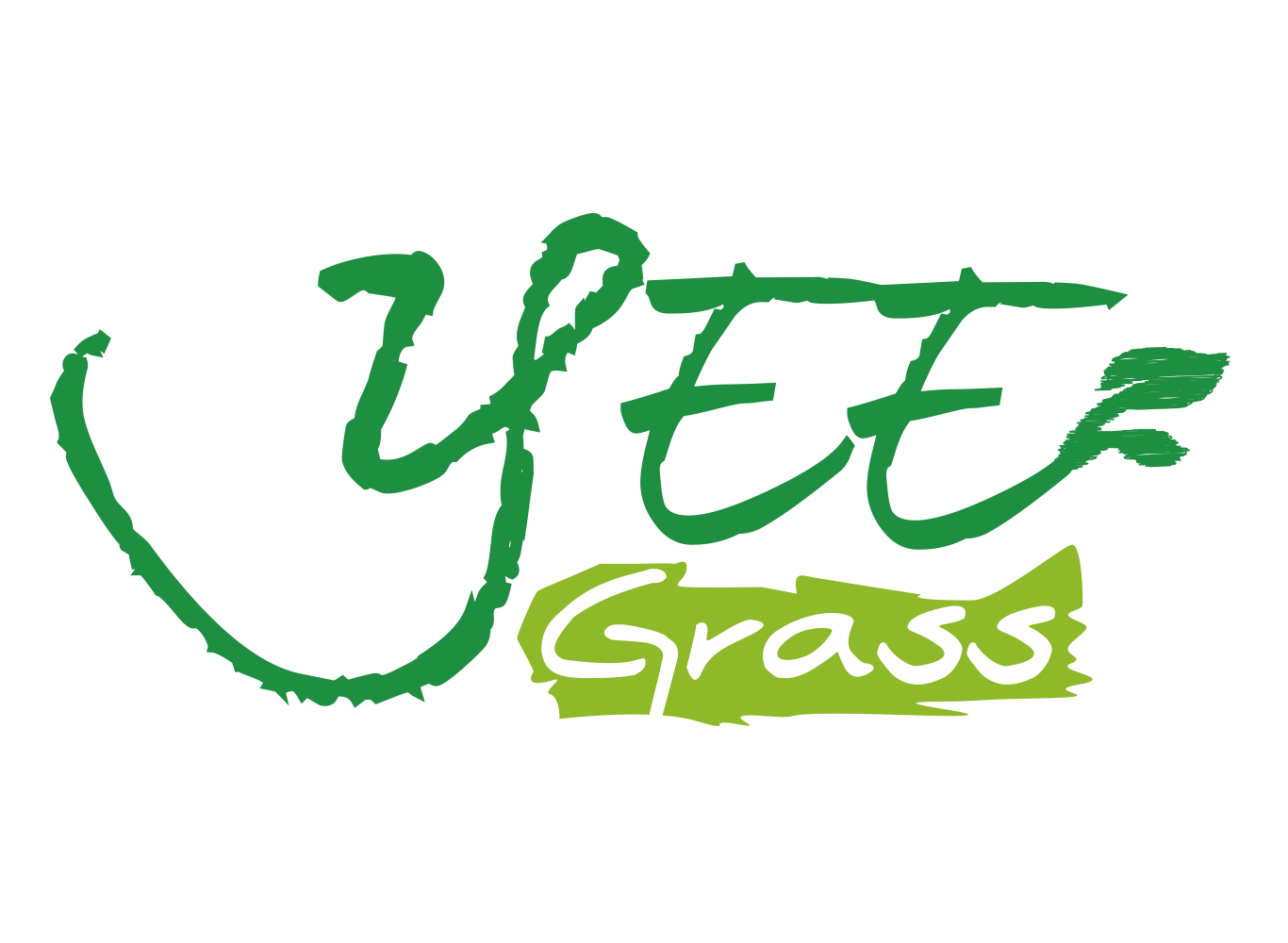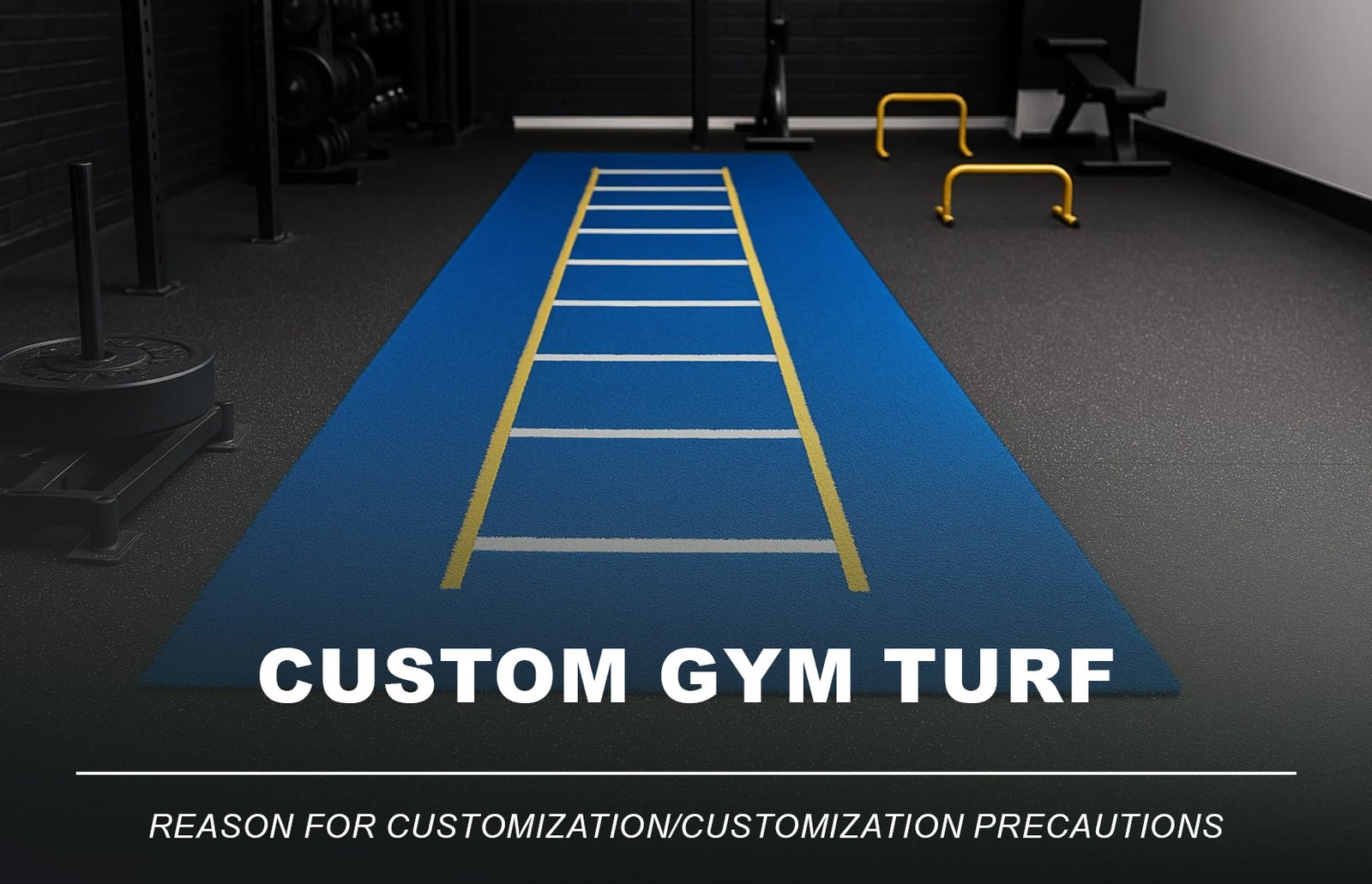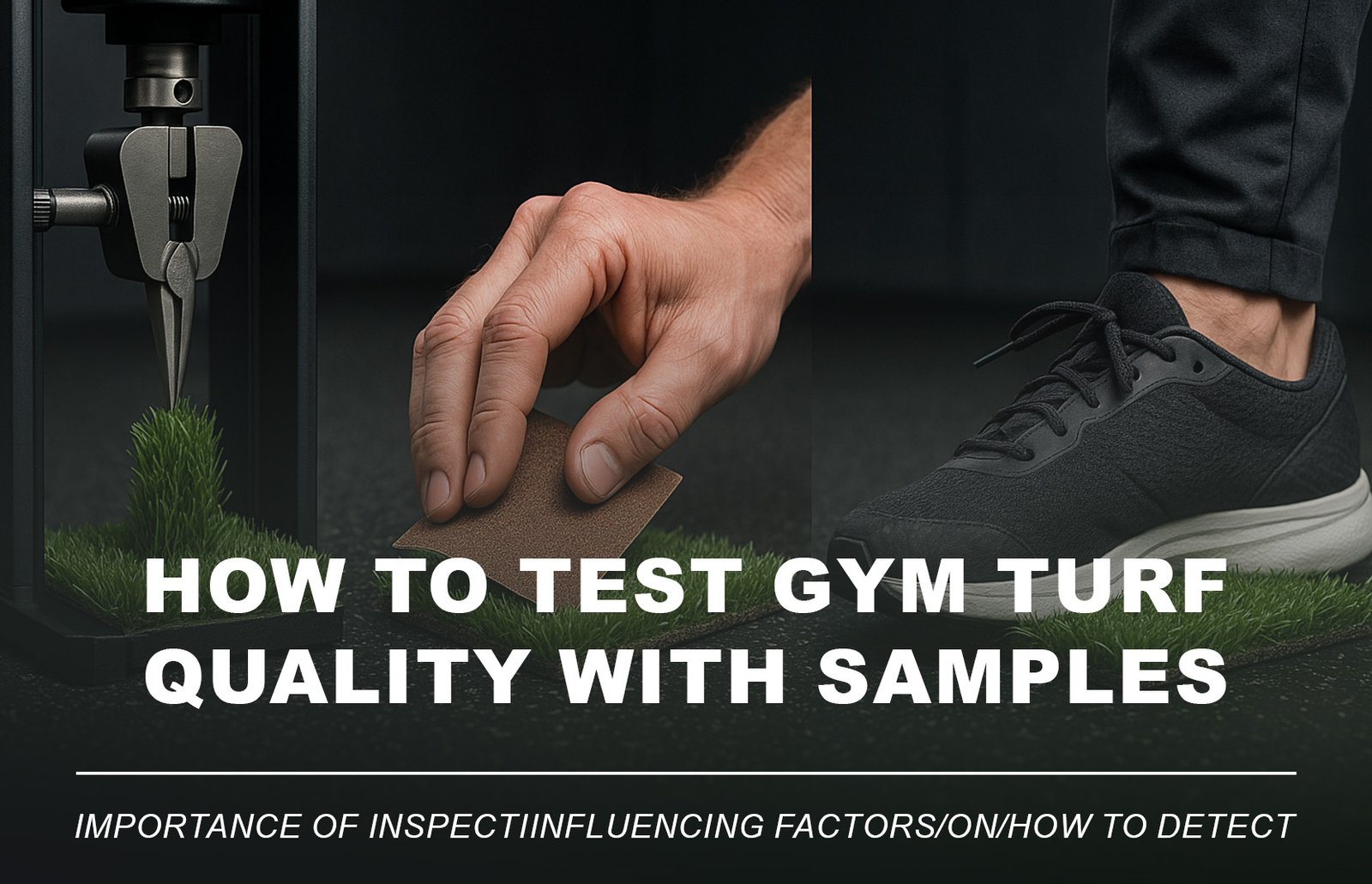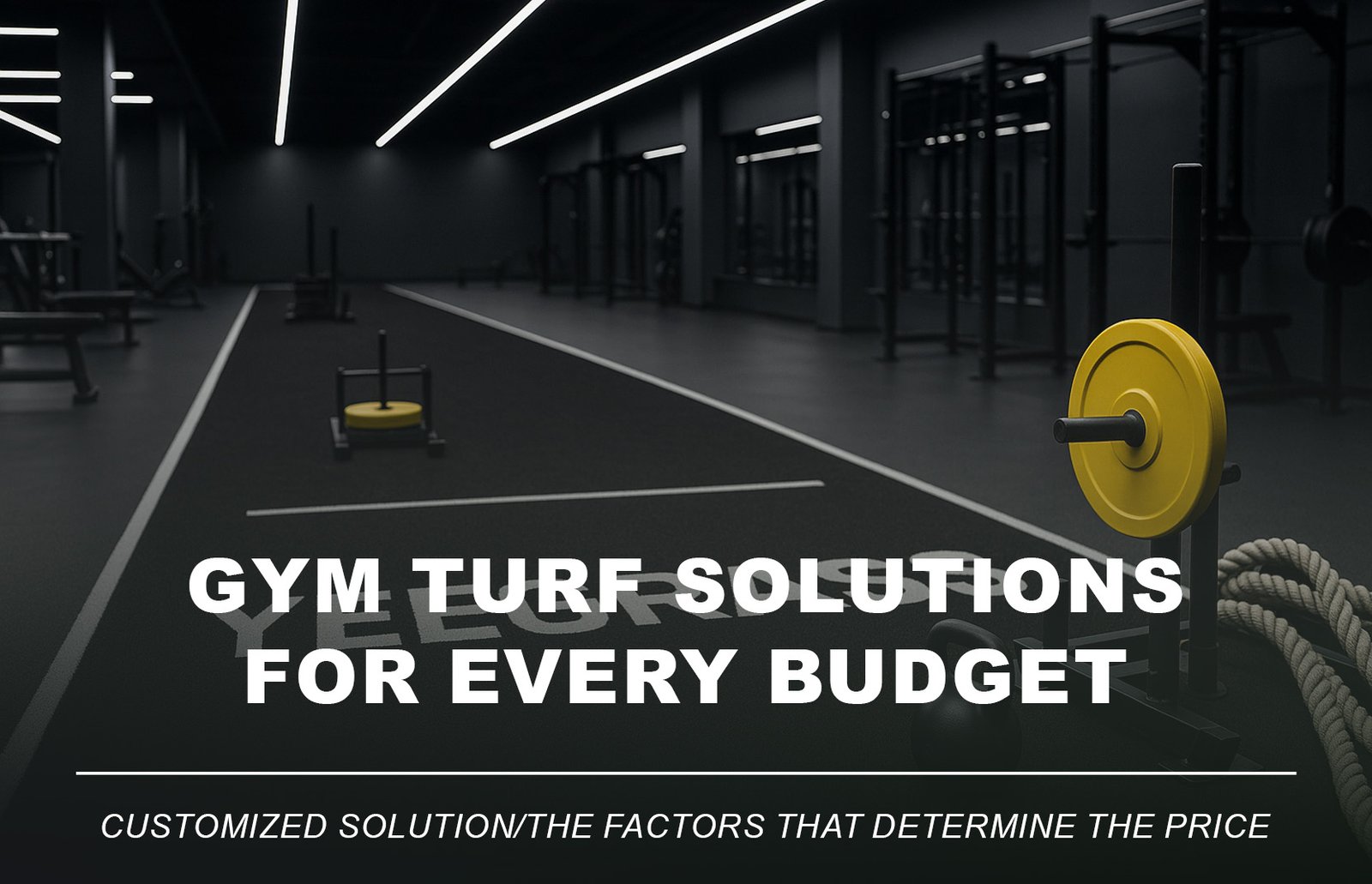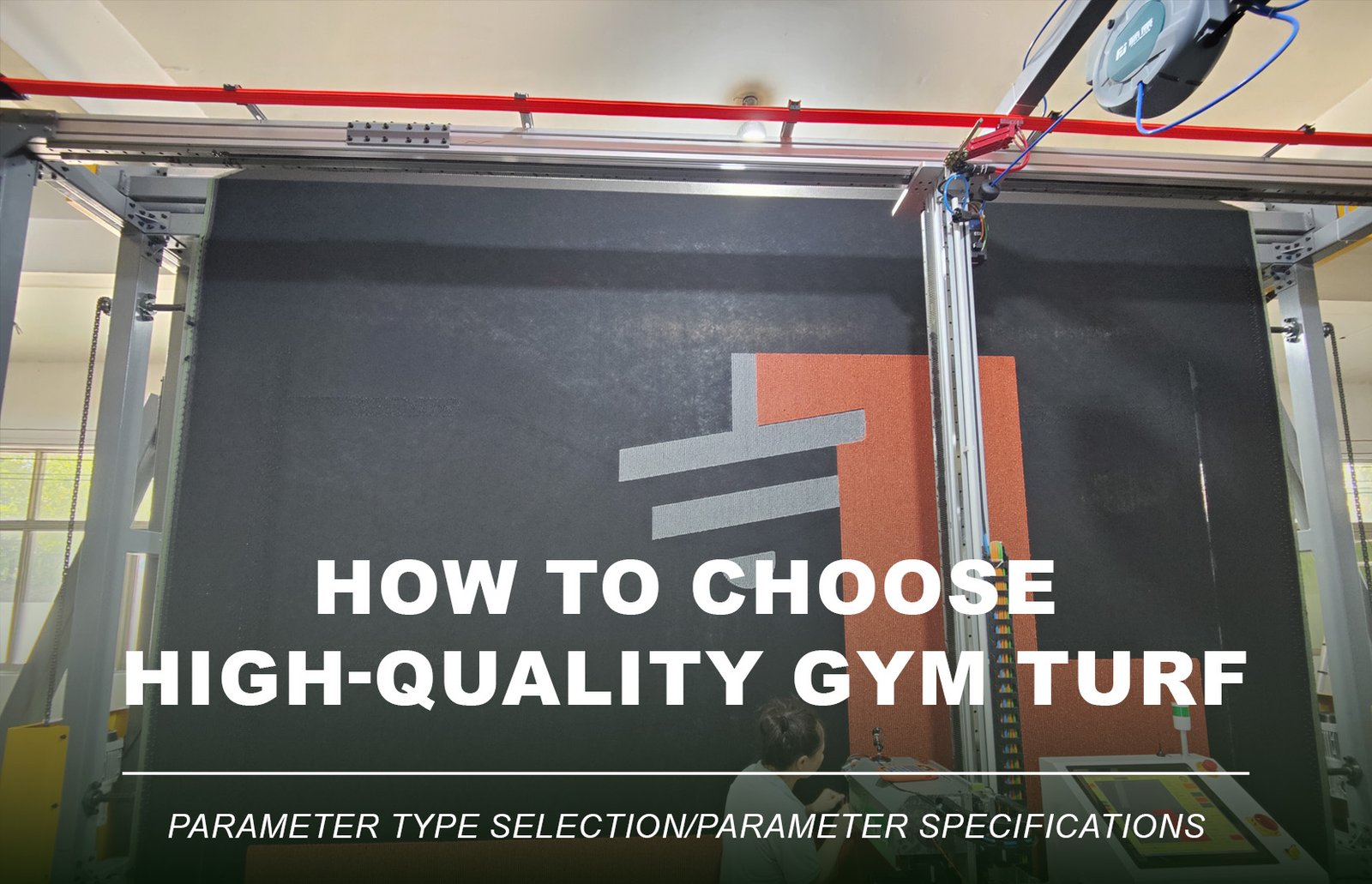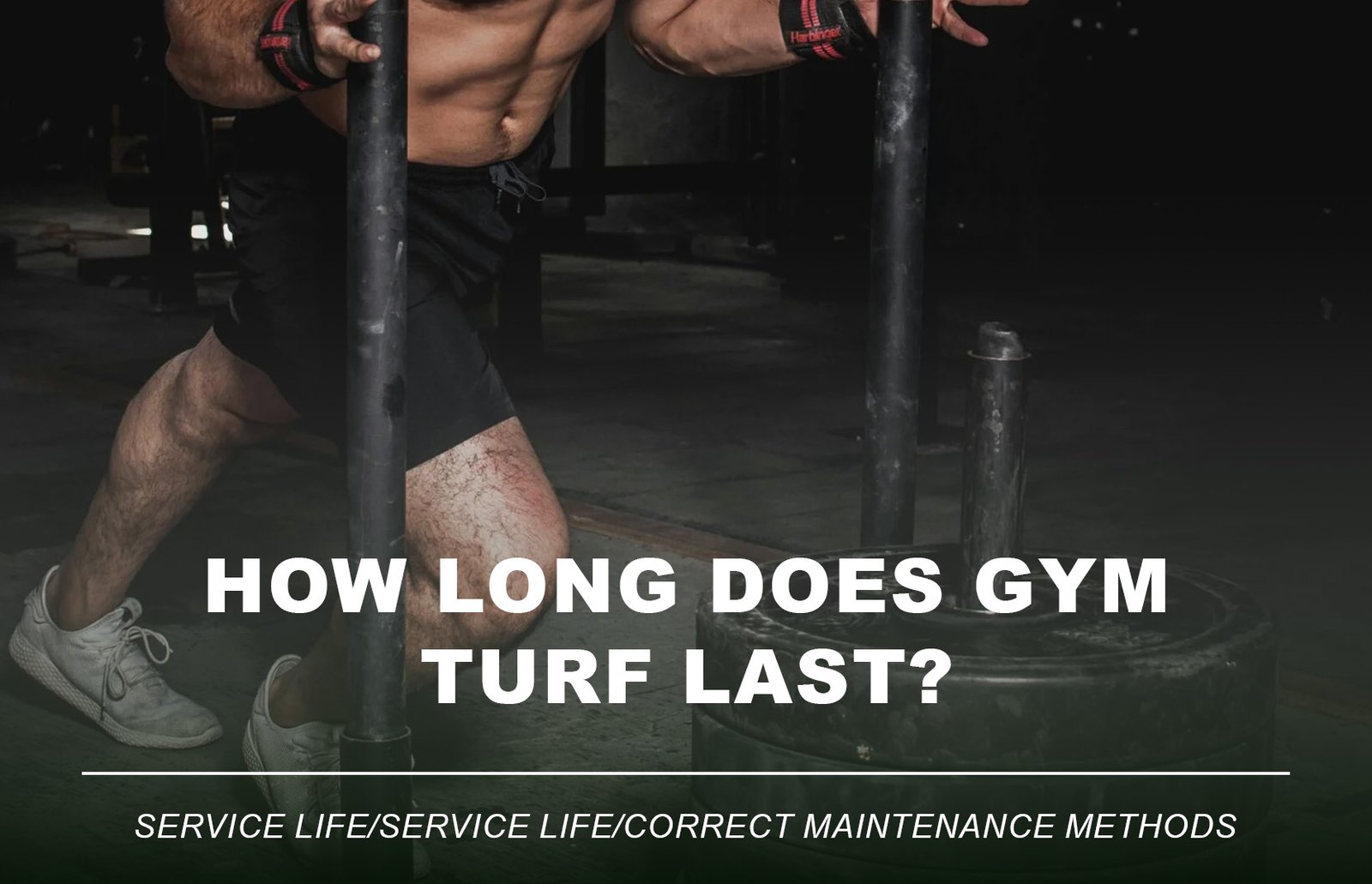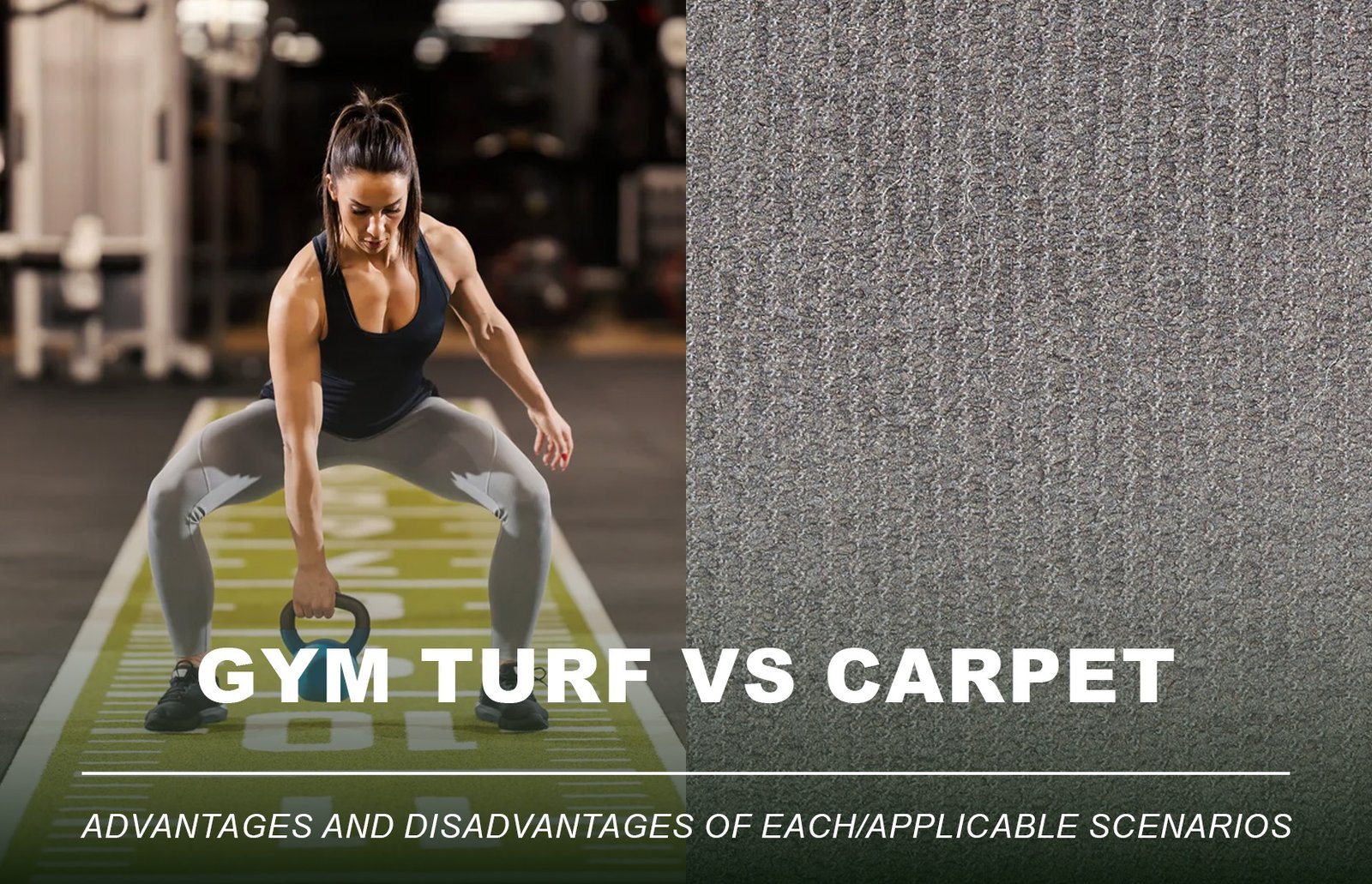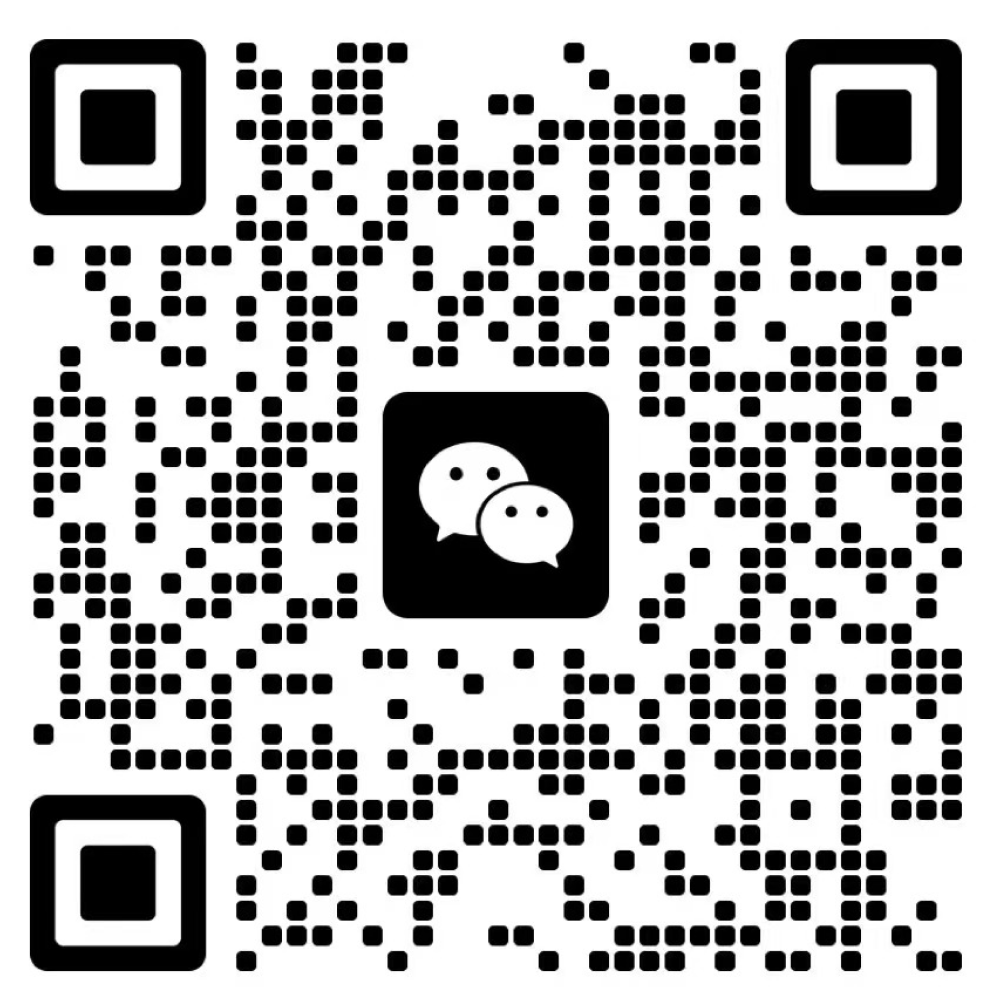
In today’s competitive fitness landscape, creating a professional, high-impact training space is no longer optional—it’s essential. More and more gyms, boutique studios, and HYROX training facilities are choosing custom artificial turf as the flooring centerpiece for functional training zones.
But for those new to the process, one question often arises:
“What exactly is involved in customizing gym turf from start to finish?”
This article walks you through the 7-step turf customization process, from planning to installation, so you know exactly what to expect.
1.Why Choose Custom Gym Turf?
While standard turf gets the job done, customized gym turf offers major advantages:
- Tailored dimensions for sled lanes, HYROX zones, and agility tracks
- Branded logos, distance markers, and functional layouts
- Color options that match your gym’s visual identity
- Enhanced user experience and space utilization








Custom turf is more than a surface—it’s part of your gym’s branding and functionality.
2.Define Your Training Needs and Use Case
Your turf’s structure, material, markings, and installation style all depend on how it will be used. When planning with your supplier, clarify:
- Will it support sled pushes, agility work, HIIT, CrossFit, or HYROX-style training?
- Do you need markings like lanes, meters, or agility grids?
- What’s the expected daily traffic and usage load?
👉 Example: For sled zones, we recommend turf with moderate friction, dense fibers, and 12–16mm pile height.
3. Finalize Design (Color / Logo / Markings)

Custom turf can be a visual centerpiece for your facility. You’ll be able to:
- Choose turf colors: green, black, gray, blue, or custom brand colors
- Add functional lines: meters, hash marks, arrows, ladders
- Include logos: printed or woven-in depending on complexity and resolution
Most suppliers will provide 3D mockups or CAD drawings before production to ensure accuracy.
4. Choose Material Specs
Customization isn’t just about visuals—it’s about performance. Key specs include:
| Specification | Recommended Options |
| Fiber Type | PE (softer), PP (stiffer), or Nylon (extra durability) |
| Pile Height | 10–18mm; lower = better for sleds & explosive movements |
| Backing | SBR for standard use, PU for eco and heavy-duty setups |
| Fire Rating | Recommend B1 or higher for indoor commercial use |
5.Quotation and Order Confirmation
Turf pricing = total square meters × unit price + customization + optional accessories
Main cost factors:




- Fiber material, pile height, and density
- LOGO and line complexity
- Installation services, edge trims, underlays
- Shipping destination (domestic or international)
Once design specs and quotation are approved, production begins.
6.Production and Quality Control
Typical production time is 7–15 working days, depending on complexity.
Production steps:

7.Shipping and Delivery
Shipping is arranged based on your location and timeline:
- Domestic: pallet or roll shipping via freight
- International: sea, air, or rail shipping with full export documentation
- Packaging: rolls with protective wrap, corner guards, labeling included
8.Installation and Usage Support
Suppliers typically provide:
- Installation guides (PDF or video)
- Assistance in finding local installers for large-scale setups
- Advice on base leveling, adhesive type, and edge transitions
- Post-installation maintenance guides for cleaning and care




👉 For temporary setups (pop-ups or events), loose lay + edge trims are also an option.
9.From Concept to Completion in Just 7 Steps
Custom gym turf isn’t complex when you follow a clear process—and it delivers long-term value in function, branding, and athlete experience.
Whether you run a commercial gym, HIIT studio, or performance center, a custom turf system is an investment in both visual impact and training efficiency.
10.Want a free turf design proposal or sample?
- CAD drawings or 3D renderings
- Pricing quotes
- Material samples and installation advice
